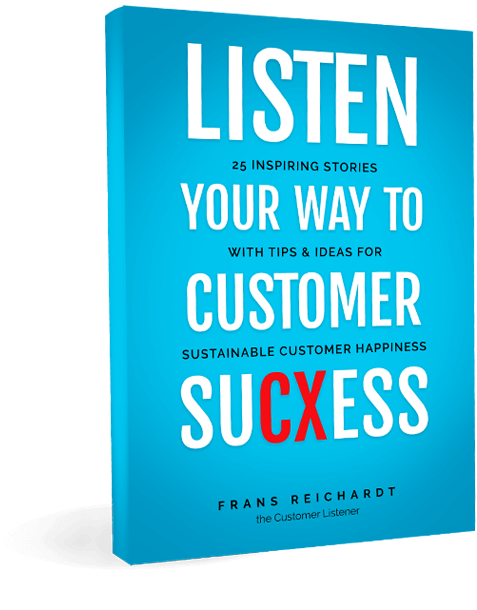The Customer’s Brain: Why Customers Lie
 “You know what?” Rob said. “Well, what?”, I answered. Rob told me about a conversation he and his wife had the night before. The conversation was about the Apple MacBook that he wanted to buy. Linda had asked him how much the MacBook would cost. Rob had given her an honest answer. “But,” Linda had said, “that’s almost double the price of the laptop we saw last Saturday. What exactly is the difference?”
“You know what?” Rob said. “Well, what?”, I answered. Rob told me about a conversation he and his wife had the night before. The conversation was about the Apple MacBook that he wanted to buy. Linda had asked him how much the MacBook would cost. Rob had given her an honest answer. “But,” Linda had said, “that’s almost double the price of the laptop we saw last Saturday. What exactly is the difference?”
Pausing in his story, Rob looked at me and said, “Guess what? I didn’t know. Really. I didn’t know and I didn’t want to know. I just wanted that MacBook.”
Emotions
We all have preferences and make choices that are controlled more by our emotions than our minds. It is our emotions that guide our behaviour the most, not our minds. Sometimes our thoughts overrule our emotions, but most of the time our thoughts just rationalize our behaviour. And we start to believe those rationalizations. Therefore, we think that we recently bought that car, computer, mobile phone or new microwave simply because of all the options that the item offers for its price. It’s simply the best choice.
Customer brain
This has everything to do with how the customer brain works. It roughly consists of three parts:
1. The reptilian brain. This part of our brain is ready when you are born. It is instinctive, fully automated and provides primary functions like breathing and yawning. You do not have to learn it. It’s already there.
2. The limbic brain. This part of our brain is responsible for emotions such as fear, alarm and need for adherence.
3. The neocortex. This part of our brain is responsible for functions such as memory, speech, language, ability to learn and reason, and principles and learned behaviours, such as eating with a knife and fork. In this part of our brain we make conscious, motivated, well-reasoned choices and decisions.
Sharper
The reptilian brain and the limbic brain are referred to as the old brain. The neocortex, the name (neo) says it all, is called the new brain. What part of our brain is more dominant, do you think? Exactly: the old brain. That old brain is always alert. It responds to stimuli faster than our new brain. The new brain can overrule the old brain, but the old brain is always sharper tuned, it is always faster than the new brain and it, therefore, largely determines our behaviour. That brain is constantly answering the question, “What’s in it for me?”
Fib
What applies to our behaviour also applies to the behaviour of our customers. Customer behaviour is also driven by emotions rather than by reason. Our customers will rationalize their behaviour afterwards. And they will lie to you if you ask them why they do what they do. Or if you ask them what their buying behaviour will be if you are going to offer them this or that. They will give you an answer to the best of their knowledge, but the truth is they don’t know. One of the most difficult things for people is to predict their future behaviour. That’s why customers lie.
Fact-based marketing
This is why your marketing decisions should always be fact-based, grounded in proven customer behaviour rather than information from market research. When you ask your customers to explain their behaviour or predict their future behaviour, chances are they will lie. Not because they want to. They are unaware of it. They are simply rationalizing their behaviour and have started to believe what they think.
Frans Reichardt
The Client Listener






Leave a Reply
Want to join the discussion?Feel free to contribute!